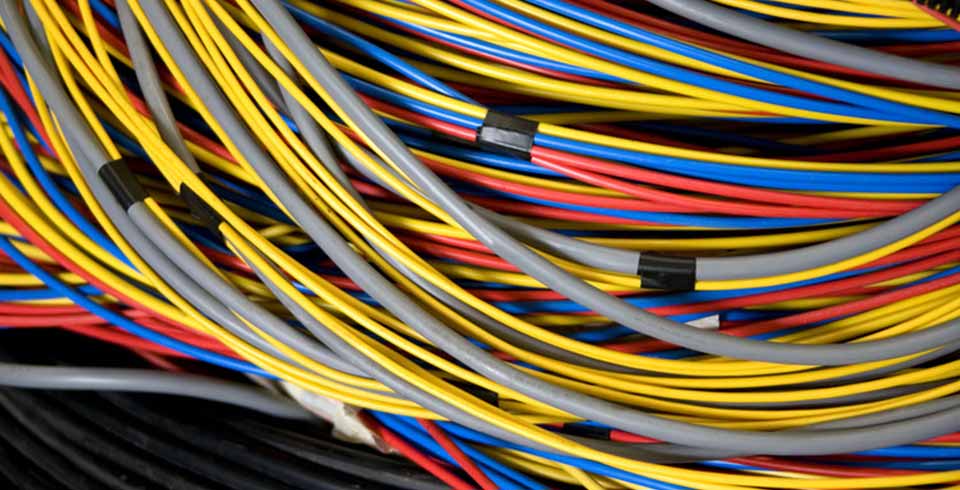
From powering homes to connecting continents, humble cables are the unsung heroes of the modern world. But with so many types, choosing the right one can feel like navigating a jungle. This guide untangles the differences between some common cable types: PV wire, bare copper wire, battery cable, communication cable, tray cables, and USE-2 wires.
Sunlight Champions: PV Wire and Bare Copper Wire
PV wires soak up the sun, specifically designed for solar panel installations. Their robust insulation safeguards against harsh weather and UV rays, while their fire-resistant properties ensure safety in case of sparks. Bare copper wire, on the other hand, thrives in high-current applications like grounding systems. Its lack of insulation offers excellent conductivity but demands caution and expertise during installation.
Harnessing Power: Battery Cable and Communication Cable
Battery cables are the workhorses of the electricity world, carrying hefty currents from batteries to starters in vehicles or inverters in solar setups. Their thick insulation and heavy-duty construction handle high temperatures and vibrations with ease. Communication cables carry the vital information flow, connecting computers, phones, and security systems. Their shielded construction minimizes interference, ensuring clear data transmission.
Organized Chaos: Tray Cables and USE-2 Wires
Tray cables thrive in organized chaos, designed for electrical installations within enclosed trays or conduit runs. Their flame-retardant properties provide additional safety in crowded spaces like control panels. USE-2 wires, also known as “mobile home wire,” are built for flexibility and durability. They withstand the constant movement of trailers and RVs, ensuring safety and reliable power supply.
Real-World Applications: Where Wires Shine
These cable types find homes in diverse industries:
- PV wire: Lights up homes and powers businesses through rooftop solar installations.
- Bare copper wire: Grounds skyscrapers and wind turbines, ensuring electrical safety.
- Battery cable: Starts cars, runs forklifts, and powers backup generators in hospitals.
- Communication cable: Connects the dots in data centers, keeping the internet humming.
- Tray cable: Keeps the lights on in factories and controls the flow of electricity in power plants.
- USE-2 wire: Provides safe and reliable power in mobile homes and recreational vehicles.
Choosing the Right Wire: More Than Just a Connection
Understanding the strengths and weaknesses of each cable type is crucial for safe and efficient electrical systems. Choosing the right wire isn’t just about price or function; it’s about matching the cable’s capabilities to the specific demands of the application. With the right knowledge, you can navigate the tangled jungle of wires and ensure your electrical projects run smoothly, brightly, and safely.

